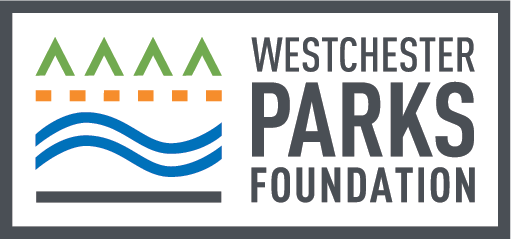Bike Helmets: What You Need to Know
Why wearing a helmet is a must for Bicycle Sundays — and every time you ride.
Need a reason to wear a bike helmet? Consider these stats.
Across the nation, 1,260 people died in preventable bicycle incidents in 2020, an increase of 16% from 2019, and the number of preventable nonfatal injuries increased 5%, according to the National Safety Council.
The good news: Many injuries could be lessened or avoided with proper helmet use. According to research by the National Institutes of Health, helmet use reduces the chances of a head injury by 48%, serious head injury by 60%, traumatic brain injury by 53%, and the number of killed or seriously injured cyclists by 34%. And overall, as a result of increased helmet use, the number of preventable nonfatal injuries has declined 39%, from 536,412 in 2011 to 325,173 in 2020.
NewYork-Presbyterian’s Health Matters discusses the importance of wearing a helmet for Bicycle Sundays and every time you ride and explains how to tell if your helmet fits properly.
-
In general, abrasions, lacerations, bruises, and broken bones are probably the most common. There are a lot of upper extremity injuries like breaking your wrist or separating your shoulder. People also get lower extremity injuries, including leg or foot injuries. Even with a minor fall, you can get a bruise, scratch, cut or suffer head trauma.
-
Because you can’t ever be sure that nothing will happen. There are a lot of people who say, “I’m a good rider. I’ll be fine.” It doesn’t matter. It’s not always up to you. Other people aren’t always paying attention. You may need to swerve to avoid people or turn to avoid a car and then lose your balance and fall over. Those are the times when you’re likely to hit your head.
If you fall and hit your head even slightly, you can fracture your skull, you can suffer a traumatic brain injury, you can even sometimes get bleeding in your head or in your brain.
If you fall and hit your head, the helmet could be the thing that saves your life.
-
The outside of the helmet is hard and the inside is soft. So, if your head hits the ground, the hard part of the helmet takes the impact, and disperses it over a larger area than if your head just hit the ground. Your head is cushioned by the soft part of the helmet. So all that impact that the helmet absorbs, your head would be getting without the helmet.
-
Buy a helmet at a bike store. Go in and work with someone who knows what they’re talking about so that you can find the best helmet for you. Make sure that it comes down over your forehead, and that you can tighten it so that it’s not moving around. You want to make sure that it’s comfortable on your head, that it doesn’t give you a headache. You also want to make sure that there’s enough aeration so that your head doesn’t get too hot. If it isn’t comfortable, you’re not going to wear it. So get one that’s comfortable.
-
Anytime you have a fall or hit your head, especially if it cracks or there’s any significant trauma to the helmet, you should replace it. Once it is damaged, it is not going to function the same way or absorb the same way. If there are no incidents, there’s a general rule about replacing your helmet every 10 years since the material might start to wear down.
-
Avoid distractions, avoid alcohol or any other intoxication before you get on your bike — or while you’re on your bicycle. When you’re making a left turn, remember that cars aren’t necessarily looking for bikes there, or they won’t necessarily think to stop for a bike. Wear reflective, light-colored clothing, especially if you’re going be out and it’s going to become dark. Put reflectors on your bike; have a headlight, have a flashing red light, so that cars know you’re there, especially when it gets dark. And use hand signals. When you make a left, put your left arm out sideways and use your index finger to point left. If you’re making a right, extend your left arm out but bend it upward at the elbow at a 90-degree angle. People put on their blinkers, so why wouldn’t you use your hand signals on a bicycle? You’re still a vehicle in traffic; you have to think of yourself that way.
For more stories about science, care, and wellness, visit https://healthmatters.nyp.org/
To make an appointment with a doctor at NewYork-Presbyterian, visit: https://doctors.nyp.org/

